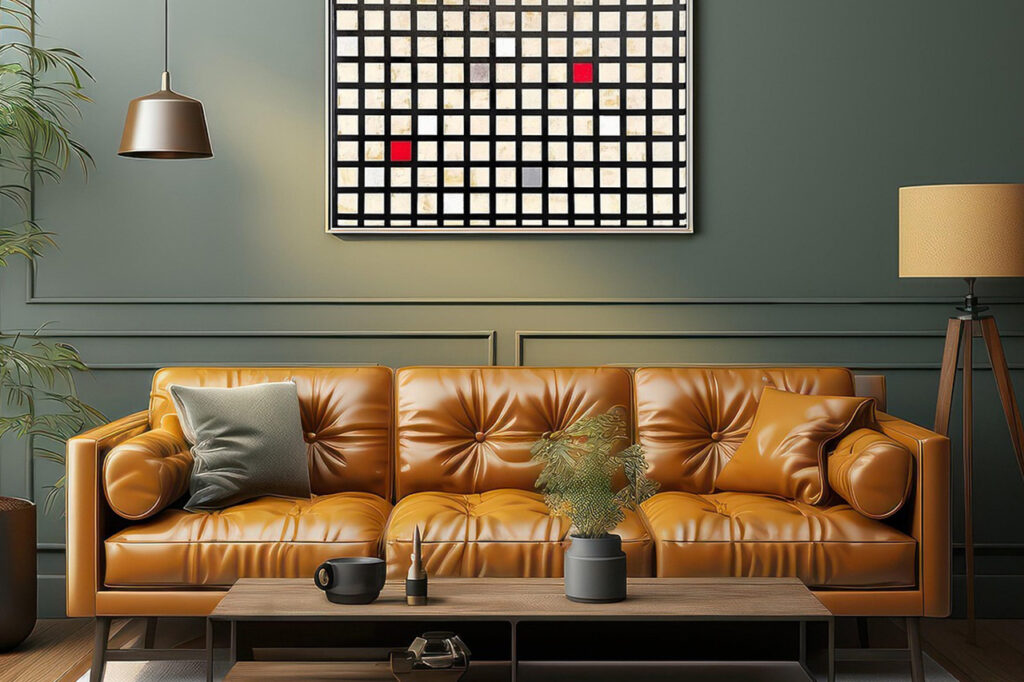Transforming your garage into a dream living space requires thoughtful planning. Add to that, you need to have design creativity and an understanding of how to maximize available square footage.
With the right approach, this underutilized area can become a functional and inviting part of your home. Each step plays a crucial role in bringing your vision to life, beginning from insulation to layout considerations.
A garage conversion opens up possibilities for a new family room, home office, personal gym, or even a studio apartment. Converting the space can also increase your property value and enhance the way you experience your home. Understanding your goals for the space will guide your design decisions and help keep the project on track.
Planning a garage transformation means looking beyond storage and parking. Think of your garage as a blank canvas. With proper insulation, flooring, electrical work, and interior design, it can evolve into a comfortable and attractive area that fits your lifestyle. Starting with a clear plan will reduce surprises during construction and ensure a cohesive final result.
Reimagining the Purpose of Your Garage
The first step in creating your dream living space from your garage is to rethink its purpose entirely. Traditionally used for storing vehicles, tools, and clutter, garages often have more potential than homeowners realize. By viewing the garage as a flexible and valuable extension of your home, you can transform it into a space that serves your personal needs and adds meaningful functionality.
Think about how you currently use your home and what kind of space you feel is missing. Perhaps you need a quiet office for remote work, a cozy entertainment lounge, or an art studio that inspires creativity. These possibilities can all be brought to life with a garage conversion. Begin with a concept that aligns with your lifestyle so every design choice supports your vision.
Evaluating Structural Suitability
Before diving into aesthetic upgrades, evaluate the structure of your existing garage. Assess the foundation, walls, roofing, and flooring to determine what changes will be needed. A solid structure provides a reliable base for your project, but some garages may require reinforcements or repairs before they can handle a full transformation.
Inspect for moisture issues, insulation gaps, and electrical limitations. Water leaks and poor ventilation are common in older garages and should be addressed early. Consulting a contractor or home inspector can help identify these problems and prevent future headaches. Starting with a thorough assessment ensures your investment is built on a stable and safe foundation.
Insulation and Temperature Control
Garages are not usually built to maintain comfortable temperatures year round, so insulation is a top priority. Proper insulation in the walls, ceiling, and garage door creates a thermal barrier that keeps the space warm in winter and cool in summer. Spray foam, batt insulation, and rigid foam boards are common materials used to enhance energy efficiency.
Heating and cooling options will depend on the space’s new purpose. A ductless mini split system is often a smart choice for garage conversions because it allows for both heating and air conditioning without connecting to the home’s central system. With the right insulation and climate control system in place, your garage can feel just like any other room in the house.
Choosing the Right Flooring
Garage floors are typically made of concrete, which can be cold, uneven, and uninviting. Upgrading the flooring is essential to make the space feel livable. Several options are available depending on your style and budget, including luxury vinyl planks, engineered wood, tile, and polished concrete.
Underlayment or subflooring may be needed to level the surface and add insulation. A comfortable and attractive floor sets the tone for your entire design, so this step should not be rushed. Select materials that are durable and suited for the kind of traffic the space will experience. A home gym will need different flooring than a quiet reading room or bedroom.
Incorporating Natural Light and Ventilation
Garages often suffer from a lack of windows and poor airflow. Adding or enlarging windows brings in natural light and fresh air, making the space feel more open and welcoming. Skylights or solar tubes can also brighten the interior without sacrificing privacy.
For ventilation, consider ceiling fans or mechanical systems that improve air quality and circulation. These additions are particularly important if your new living space includes a kitchen, bathroom, or home gym. Enhanced lighting and air flow not only increase comfort but also help prevent issues like mold or musty odors.
Designing for Function and Aesthetics
A successful garage conversion balances beauty with practicality. Once the foundation, insulation, and layout are in place, you can begin to focus on interior design. Wall colors, furniture, lighting fixtures, and storage solutions should reflect your personal taste and intended use of the space.
Open floor plans work well for multipurpose garages, while partitions or movable dividers can create zones for different activities. Built in storage units, sleek cabinetry, and vertical shelving can maximize usable space while keeping clutter at bay. Small touches like rugs, curtains, and wall art add personality and help the new room feel cozy and complete.
Electrical and Plumbing Considerations
Adding electrical outlets, lighting, and plumbing fixtures is often necessary for garage conversions. This step can involve rewiring the space to meet modern code requirements and accommodate new appliances or technology. An experienced electrician should handle any wiring updates to ensure safety and efficiency.
If your design includes a bathroom or kitchenette, plumbing will need to be extended or rerouted. This can be one of the more complex and costly parts of a garage transformation, but it greatly increases functionality. Proper planning and professional installation will ensure these features work reliably for years to come.
Maintaining Flexibility and Future Use
Designing your garage with future flexibility in mind can increase the long term value of your home. Modular furniture, removable partitions, and universal design elements make it easier to repurpose the space if your needs change. Today’s art studio could become tomorrow’s guest room or teen lounge.
Consider investing in quality finishes and systems that will support a variety of uses. Versatility is a strong selling point should you ever decide to list your home on the market. A well executed garage conversion adds square footage and appeal without altering the footprint of your property.
Understanding Local Regulations and Permits
Before you start construction, consult your local building department to learn about zoning rules and permit requirements. Some municipalities have restrictions on converting garages to living spaces, especially if the property has minimum parking requirements.
Applying for permits typically involves submitting floor plans, demonstrating code compliance, and undergoing inspections. Navigating these rules may require patience, but it ensures your project is legal and eligible for insurance and resale benefits. Working with a licensed contractor familiar with local codes can simplify the process.
Budgeting and Project Management
Transforming a garage into a dream living space involves costs that vary depending on the scope of the project. Major expenses include insulation, flooring, electrical work, plumbing, windows, and interior finishes. Creating a detailed budget with contingencies will help you manage your finances and avoid surprises.
Effective project management involves scheduling each phase, coordinating contractors, and keeping track of materials and timelines. If you are not experienced in home renovation, consider hiring a project manager or general contractor to oversee the work. Staying organized and communicating clearly with your team will help the project move smoothly from concept to completion.
Conclusion: Unlocking the Potential of Your Garage
Turning your garage into a dream living space is a rewarding way to enhance your home and meet your changing needs. With thoughtful planning and quality craftsmanship, this often overlooked area can become one of the most versatile and enjoyable rooms in your house. From creative studios to guest suites and beyond, the possibilities are limited only by your imagination and commitment to the process.
This transformation does not just add value to your property. It elevates your everyday living experience and makes better use of every square foot you own. With the right vision and support, your garage can become more than storage. It can become the heart of something entirely new.

